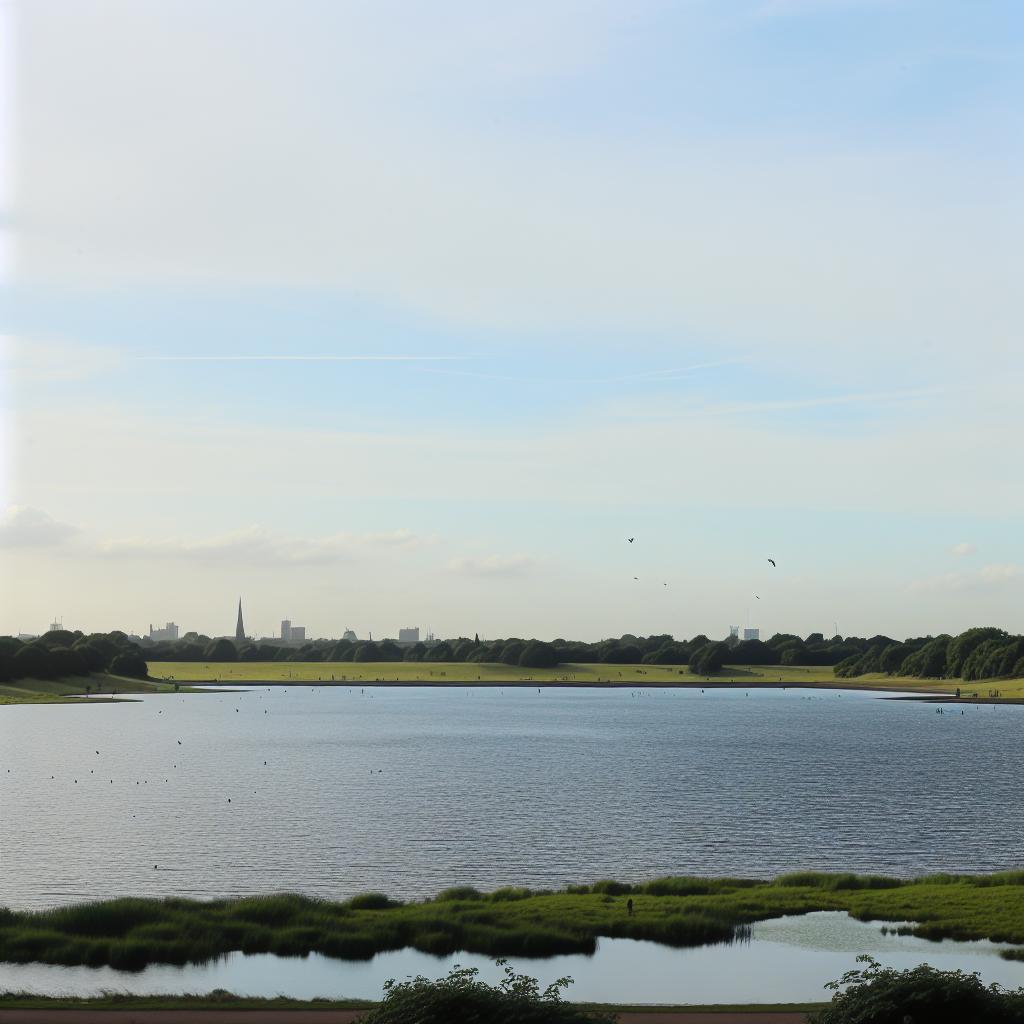The Role of London’s Reservoirs and Artificial Lakes
London, a bustling metropolis known for its rich history and modern skyline, is home to a network of reservoirs and artificial lakes that play a crucial role in water management and recreation. The presence of these bodies of water within the city’s boundaries is vital for sustaining the vibrant lifestyle of its residents and preserving the environment.
Importance of Reservoirs
The primary function of London’s reservoirs is to store ample quantities of water to meet the city’s demands. These reservoirs are fundamental in managing the city’s water supply, ensuring that residents and businesses have consistent access to clean water. The sophistication involved in the planning and maintenance of these reservoirs is remarkable. They not only accommodate the needs of millions of people but also adapt to the growing challenges of climate change and urban expansion.
Over time, London has developed a resilient water management infrastructure, integrating these reservoirs into an extensive system that protects the city from droughts and supply disruptions. For more detailed information on London’s water supply, visit the Thames Water website.
Key Reservoirs
A notable example is the Queen Mary Reservoir, located in Surrey and covering over 700 acres. This reservoir is not only a critical component of the city’s water supply network but also serves as a leisure destination for activities like sailing and fishing. Its vast expanse allows it to support both utility and recreation without compromising on either.
Another essential reservoir is the Walthamstow Wetlands, a unique urban nature reserve in northeast London. It offers visitors a chance to witness diverse wildlife and experience nature, all while understanding the historical significance of water management in the city. The wetlands are a testament to the potential for harmonizing urban necessities with environmental preservation.
Artificial Lakes
Beyond reservoirs, London boasts several artificial lakes that contribute significantly to urban life. These man-made lakes are crafted not just for aesthetics but to enhance the recreational offerings in the city while fostering ecological balance. They are part of a strategic urban design initiative that seeks to merge human leisure activities with wildlife conservation efforts.
Examples of Artificial Lakes
One prominent example is The Serpentine in Hyde Park. Originating in the 18th century, it remains a central recreational area, offering opportunities for rowing and open water swimming. This artificial lake seamlessly integrates into the surrounding parkland, providing a serene retreat within the bustling cityscape.
Another frequently visited site is the Welsh Harp Reservoir, also known as the Brent Reservoir. It serves as a haven for water sports enthusiasts and represents a crucial habitat for birdlife, featuring numerous walking paths around its perimeter. This facility underscores the balance between urban development and ecological preservation.
Environmental Impacts
Both reservoirs and artificial lakes contribute positively to the environment by supporting biodiversity and mitigating urban heat. These water bodies create natural havens that attract various species of birds and aquatic life, offering a refuge within the city’s densely populated settings. Their presence is crucial for maintaining local ecosystems and preserving biodiversity amid urban expansion.
Moreover, reservoirs and lakes play a significant role in regulating temperature, aiding in the mitigation of the urban heat island effect. This is particularly important in a city like London, where concrete infrastructures often lead to higher temperatures. Their capacity to store heat during the day and release it at night helps stabilize the city’s microclimate, making urban life more bearable.
Conclusion
London’s reservoirs and artificial lakes are more than just water storage facilities. They integrate seamlessly into the city’s fabric, enhancing quality of life through recreational activities, supporting ecosystems, and maintaining a balance in water management. These features provide a living example of how urban planning can creatively incorporate natural elements to satisfy the multifaceted needs of a growing population.
By exploring these sites, visitors and residents alike gain insight into how urban planning integrates with nature to sustain a growing city’s needs. Whether it’s through leisure, education, or ecological benefits, the reservoirs and lakes of London stand as pillars of sustainable development. For further insights into London’s infrastructure, you may explore additional resources and guides available online.
